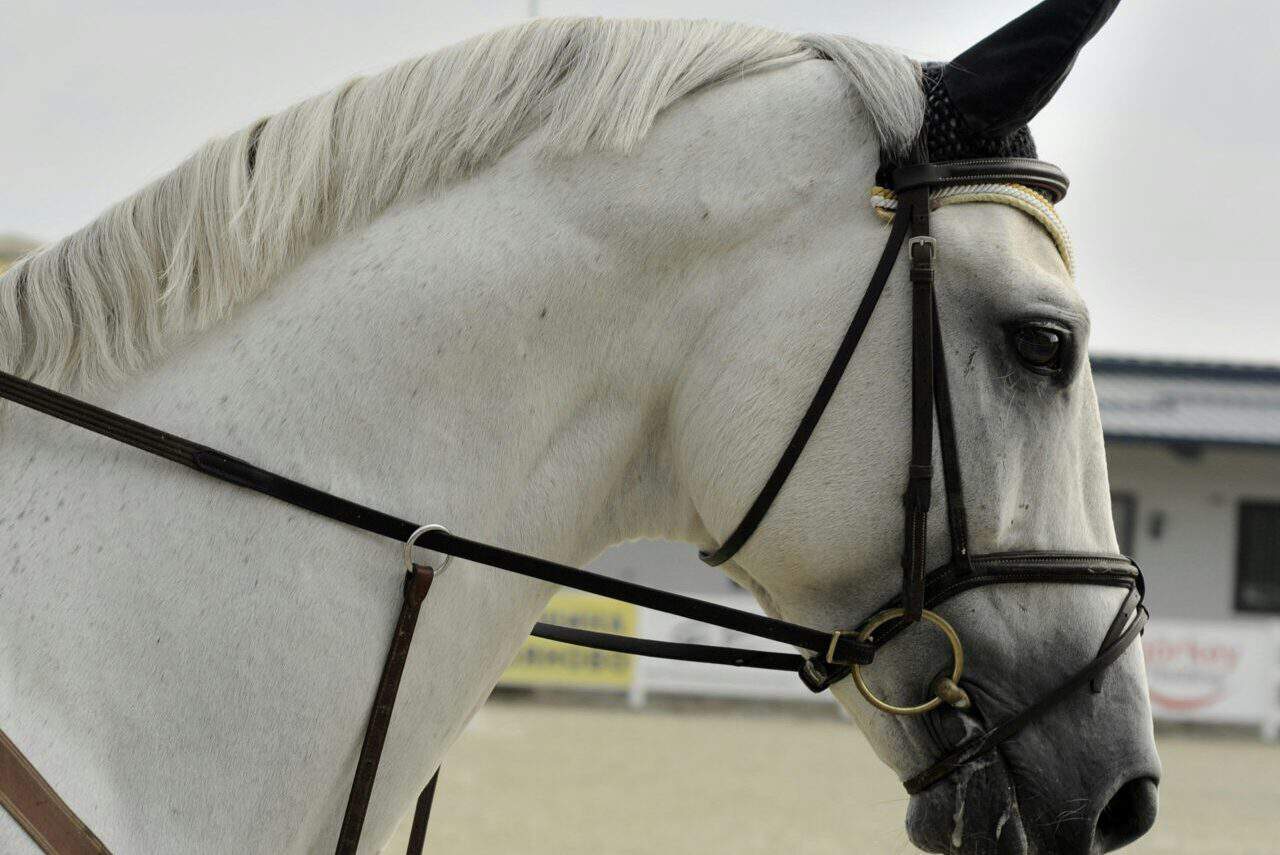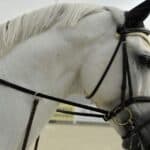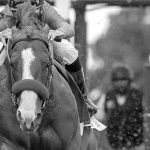The following is an excerpt taken from my private writings to clients. These discussions will cover everything from theoretical or technical discussions, to rider/trainer mindset and beyond. They will range from beginner through to advanced levels of material and are meant to complement our work inside the arena. Enjoy!
When exploring the utility of the snaffle and curb bits as they pertain to collection, a brief version of the development process over some years is called for: while still only in the snaffle, when our young athlete has achieved consistency in relaxation, rhythm, and is forward, we are ready to begin asking for some lateral movements. As this combination of skills improves, so too does the horse’s sensitivity, timing, balance and strength, and these increases in turn, make it possible for the horse to easily begin work on collection. Why is collection good? Why do we work on it? We teach collection, because it further improves the horse’s sensitivity, timing, balance and strength in later stages of training, which in turn increases the horse’s ongoing athletic ability and partnership with its rider. However, without command of the topline, we cannot achieve true collection.
We ask for collection through our body aids and in response, the horse uses its body to step under and upward—a flow of energy direction from the haunch, up and forward through the shoulder and then coming through with the completion of that energy from the haunch via a reaching forward into the hand. With the horse’s increasing proficiency, we begin to build range with that energy where it can be held at the leg in reserve; it can be directed upward for greater impulsion; or it can be sent out in a flatter path either forward, laterally, or in rein back.
Without first having taught the horse and rider how to use their bodies correctly in earlier development, flexion or lowering of the poll (as a request that comes from the curb bit) has a greatly decreased supporting effect to the whole body. And certainly, requesting flexion at the poll by pulling backwards on a snaffle, a bit meant for up and forward, is also inappropriate due to the nature of the resistance that would be created at the jaw by pulling back, and by the snaffle’s very converse design to asking for the poll to lower and flex.
Suffice it to say that with the snaffle, in addition to up and forward, it also goes hand in hand that we can use it to keep the jaw and mouth mobile and soft (and therefore encourage the horse to continue to reach for the hand – it all is interconnected). A mobile mouth, a supple neck and shoulder, a horse that willingly reaches up and forward for a hand, allows us to teach the mounted horse to use its topline with proficiency while carrying a rider. Indeed, it teaches a horse to use its whole body in a concerted movement, and this promotes longevity, enhances the brilliance, strength and balance of a movement, improves timing and sensitivity, and increases athletic ability.
We can obtain collection with the snaffle (including natural/unasked for flexion at the poll) without the curb, in a horse that is strong and has become proficient with its balance and has learned how to step up and forward from the haunch, lift in the rib, and reach forward into the hand through shoulder engagement. However, we cannot obtain true collection with the curb alone and especially so with a horse that has not learned first how to use its body as described above.
Therefore, we can view the curb as a supportive instrument with which we should only ask for small adjustments to already existing degrees of balance, collection, a/o flexion. It is an aid for the horse to achieve a more precise movement rather than a force to pressure the horse into a flexion or lowering for which there is not a complimentary engagement (lifting through the back and engagement of the haunch).
Consider the curb to be a tool for more precise collection, and not as THE tool for collection.
In contrast to up and forward with the snaffle, the curb asks for flexion and lowering via depression on the tongue. Note the chain should help with quietness and stability of the bit since it hangs an inch or more below the corners of the mouth. Thus, the chain is not meant as a device to squeeze tight to the jaw as an intense pressure to gain obedience. The rider’s agreement to the horse when the curb is used is that the rider must have gained enough sensitivity/feel of the hand when they begin actually using the curb, that at this point they can feel when the chain is lying against the jaw so that they do not clumsily squeeze the jaw tight.
When a rider uses the chain to squeeze the bottom jaw bone tightly – that is a punishment for the horse. It is a “halt immediately”, and often used with a horse/rider combination where the horse is too much for the rider to handle and therefore potentially the bit is stopping a dangerous situation from occurring. That said, it is still a dangerous situation halted at the horse’s expense and often unhappiness! Needless to say, it’s quite a rude bit when in the wrong hands and can very easily break the horse’s trust in giving you its mouth.
The truth of the matter is that many riders view their bitting simply as a tool: used because of a particular bit’s strength-potential a/o ability to mask perceived deficiencies. So, I encourage you to expand beyond that perspective and truly understand and appreciate the functional beauty of both the snaffle and the curb, for they are (in one style or another) two bits that are also ingrained in every discipline of equestrian sport that I know of.
They are both of them, useful as a tool of communication, and your job is to teach your horse to view them as a source of joyful connection to you (and I do mean that literally as in: the horse appreciating the utility of these bits when understood and trained correctly by the rider).

Euki is the founder of Adaptive Development EQ. She loves inspiring riders and owners through the developmental process of holistic, whole-horse training, and is on a mission to help them rediscover their horses and fall in love with them all over again.






